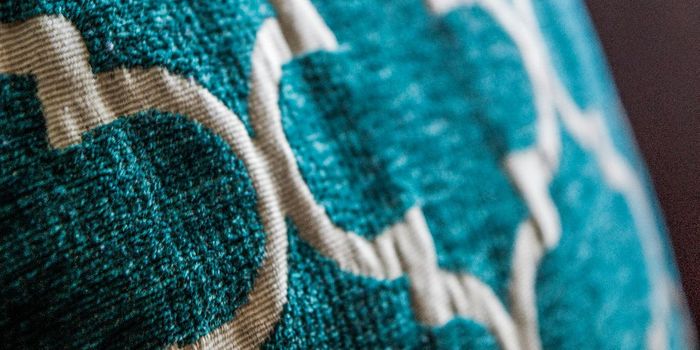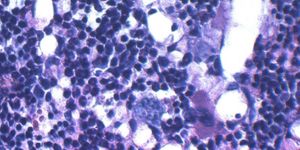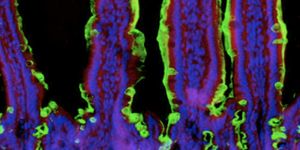Terror Attacks Can Cause Chronic Migraines
Any trauma, from a stressful event, an accident or a severe injury can have long-lasting effects. Terrorist attacks are at the top of the list when classifying triggers that can result in Post Traumatic Stress Disorder (PTSD), depression, anxiety or other medical issues. Recent research into the aftermath of a terrorist attack in Norway has shown that migraine headaches can be one of the consequences for victims who have been through an act of terrorism.
Teenage survivors of a vicious attack that happened at a summer camp for young people on Utøya Island were the focus of a recent study looking at migraines. In 2011, a gunman opened fire on campers on the remote island. 69 people were killed, 33 were severely wounded, and it remains the largest mass killing in the history of the country.
Dr. Synne Øien Stensland, MD, PhD, of the Norwegian Centre for Violence and Traumatic Stress Studies in Oslo was the study's first author and explained, "We know a lot about the psychological effects of terror attacks and other extreme violence on survivors, but we don't know much about the physical effects of these violent incidents. Our study shows that a single highly stressful event may lead to ongoing suffering from frequent migraines and other headaches, which can be disabling when they keep people from their work or school activities."
There were a total of 358 teenage survivors of the attack, and all were invited to be a part of the research. 213 of them agreed to participate in the study and talk about their experience, health, and other factors since the attack. The average age of the campers in the study was 18. Six percent of those who agreed to be involved were among the severely wounded. The study volunteers were interviewed about the frequency of headaches four to five months after the attack. This data was compared to headache frequency and severity among healthy young people in the same age rage who had not experienced or been the victim of any terrorism attacks.
The numbers were jarring, to say the least. The teens who had been exposed to terrorist violence were roughly four times more likely to suffer from migraines and three times more likely to suffer from tension headaches than their peers who had not experienced terror. Even when the statistics were adjusted for confounding factors like injuries, prior exposure to violence and psychological issues, there was a much higher incidence of headaches among those who had been through the trauma that terror can cause.
Gender was an issue as well. Females that were among the survivors of the attack on Utøya Isla Among the female participants, 73% reported recurrent migraine headaches. In the control group of healthy young adults who had not been victims of terror the incidence of this kind of a severe headache was only about 37%. Among the males, 41% of the terror victims reported trouble with headaches, compared to just 19% of their healthy counterparts. While it was expected that victims of the kind of trauma these young adults experienced would have a higher rate of migraine headaches or other health problems, the actual numbers were "over and above what might be expected based on psychological distress and other risk factors" according to Dr. Stensland.
The results were a clear sign that treatment for the trauma that happens in a terror attack needs to begin as soon as possible so that victims do not have chronic health issues over the long-term. Study authors noted that the risk could be underestimated because many of the most seriously wounded victims, who had more debilitating effects were less likely to respond and agree to take part in the research. The video below has some information migraines and how they are not just an ordinary headache, but rather a complex medical issue.
Sources: American Academy of Neurology, The Local, Norway, The Deccan Chronicle









